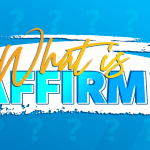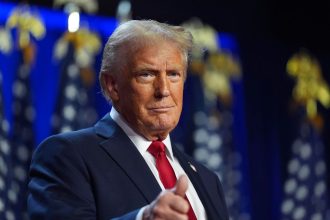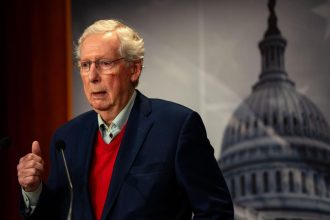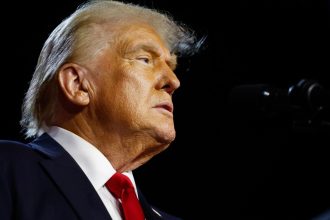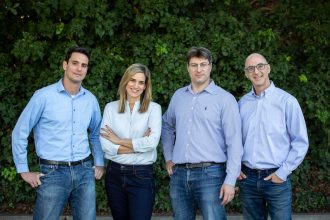According to a recent study FDIC Study, over 5.9M U.S. households don’t have a bank account – and a disproportionate amount of those individuals are Black and African American, Hispanic, and Native American/Alaska Native.
The reasons for this vary. The most common reason cited was they don’t have enough money to meet minimum balance requirements.
Michael Martino, Head of Diverse Customer Segments for Consumer, Small and Business Banking at Wells Fargo, says there is also a deep-rooted distrust of banks among Native Indigenous and Black & African American unbanked consumers. This skepticism is rooted in systemic and cultural factors, as well as negative experiences with financial institutions. Native Indigenous consumers, in particular, have been taught to avoid banks and rely on alternative financial practices.
He also finds that many make the deliberate choice to remain unbanked because they believe it is the best option to achieve their financial goals. Relying on a cash-based system allows them to control their spending and avoid overspending. They’ve found that they perceive few benefits to being banked, seeing being unbanked as not hindering their ability to lead a full and productive life.
However, many of these unbanked or underbanked individuals/families are spending more than $40K in lifetime fees largely stemming from reliance on more expensive banking alternatives like check cashing services, payday loans or paycheck advance – missing an opportunity to generate $360,000 in lifetime wealth.
This massive gap in banking within underserved communities led to Wells Fargo’s Banking Inclusion Initiative (BII). Launched in 2021, it’s goal is to increase access to affordable mainstream bank accounts and provide easier access to low-cost banking and financial education for underserved communities.
“This initiative aims to address the issue of unbanked and underbanked individuals who tend to resort to high-cost non-bank alternatives like payday loans, check cashing services, pawnshops, and rent-to-own agreements, amongst others.” Martino says. “By making mainstream banking more affordable and offering free financial education, Wells Fargo’s goal is to empower these individuals to make more informed financial decisions, and get on a path to build generational wealth.”
Martino advises that even if you’re not a customer of Wells Fargo, you can take advantage of free financial education and resources. They have teamed up with Operation HOPE to establish HOPE Inside centers within selected Wells Fargo branches across the U.S., which offer free financial education and one-on-one coaching sessions with bilingual financial coaches. In these sessions you can learn how to manage your money, improve your credit, create a logical budget and start setting financial goals that are tailored to your needs. Because of how impactful HOPE has been, they’ve committed to expanding and will be launching a total of 50 HOPE Inside centers in low- to moderate-income communities by the end of 2026.
Because opening a bank account is often the first meaningful step in building generational wealth, Martino also suggests looking for banking accounts with low fees and no overdraft fees like Wells Fargo’s Clear Access Banking.
He believes expanding access to financial education, supporting initiatives targeting underserved populations, and enhancing community engagement all contribute to building a more inclusive and equitable financial landscape for all. Martino emphasizes the importance of working together. “By fostering mission-driven collaborations and a shared dedication to addressing financial disparities, we can make a meaningful difference in cultivating stronger, more resilient communities.”
Read the full article here






